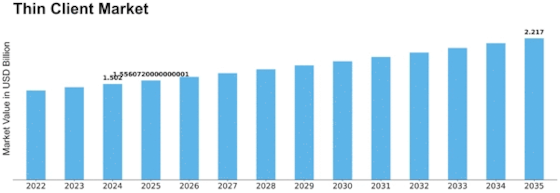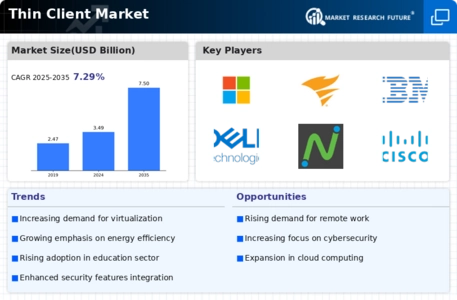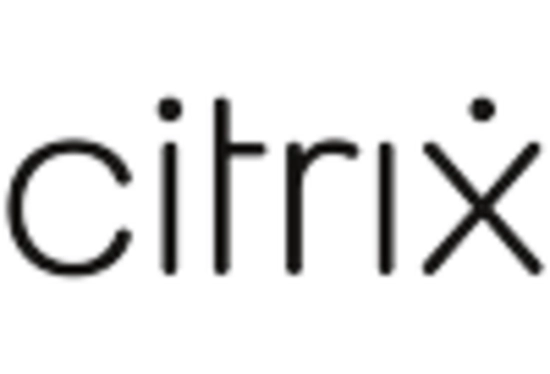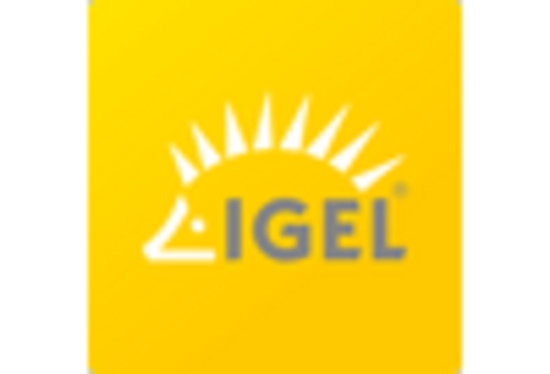Thin Client Size
Thin Client Market Growth Projections and Opportunities
The Thin Client market is influenced by various market factors that shape its dynamics and growth trajectory. One key factor driving the demand for thin clients is cost-effectiveness. Organizations are constantly seeking ways to optimize their IT infrastructure while minimizing expenses, and thin clients offer a solution by providing a more affordable alternative to traditional desktop setups. With lower upfront costs and reduced maintenance expenses, thin clients appeal to businesses aiming to streamline their IT budgets.
Another significant market factor is the increasing emphasis on security. As cyber threats continue to evolve, organizations are prioritizing robust cybersecurity measures. Thin clients, by design, store data and applications centrally, reducing the risk of data breaches and unauthorized access. This heightened security feature makes thin clients an attractive choice for industries such as finance, healthcare, and government, where data protection is paramount.
The growing trend towards remote work also plays a pivotal role in the thin client market. As more employees work from various locations, the need for flexible and secure access to corporate resources becomes crucial. Thin clients facilitate remote work by providing a lightweight and efficient means of accessing centralized data and applications. This shift towards remote work, accelerated by global events such as the COVID-19 pandemic, has spurred the adoption of thin client solutions across diverse industries.
Furthermore, environmental sustainability is emerging as a significant market factor. Thin clients typically consume less energy compared to traditional desktops, contributing to a lower carbon footprint. As businesses increasingly prioritize environmental responsibility, the energy-efficient nature of thin clients aligns with sustainability goals. This factor not only appeals to environmentally conscious organizations but also positions thin clients as a socially responsible choice in the market.
Interoperability and compatibility are also critical factors shaping the thin client market. As technology evolves, businesses need solutions that seamlessly integrate with their existing infrastructure. Thin clients, with their compatibility with virtualization technologies and diverse operating systems, provide a versatile solution for businesses with varying IT setups. This adaptability enhances the overall appeal of thin clients in the market.
Moreover, the continual advancements in cloud computing play a pivotal role in the thin client market. Thin clients leverage cloud services to access and run applications, reducing the dependency on local hardware. This shift towards cloud-based solutions aligns with the broader industry trend, emphasizing scalability, flexibility, and centralized management. As organizations migrate towards cloud-centric environments, the demand for thin clients is likely to witness a parallel increase.

















Leave a Comment